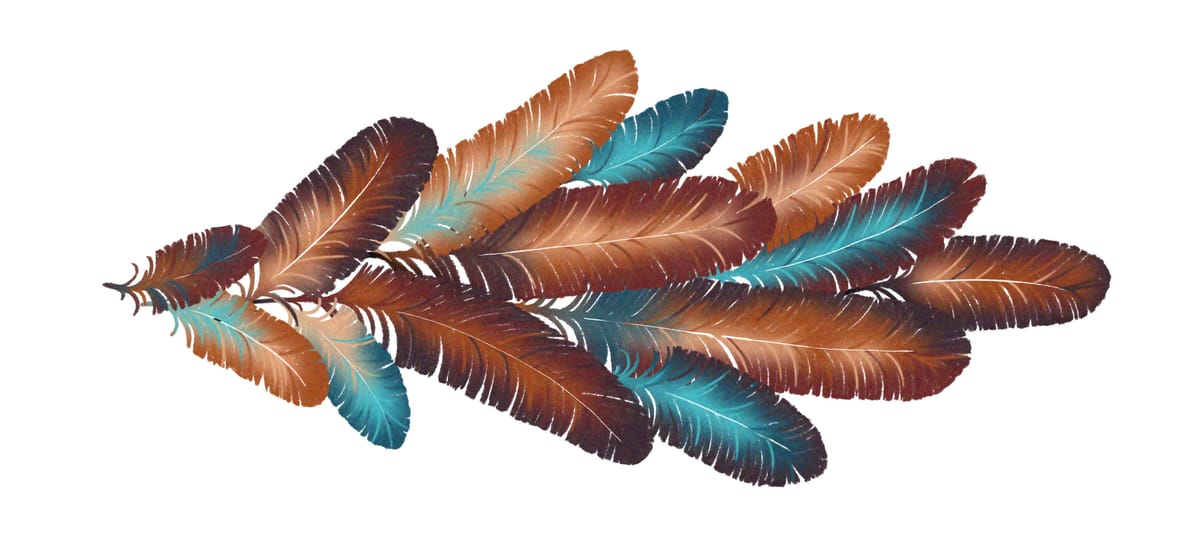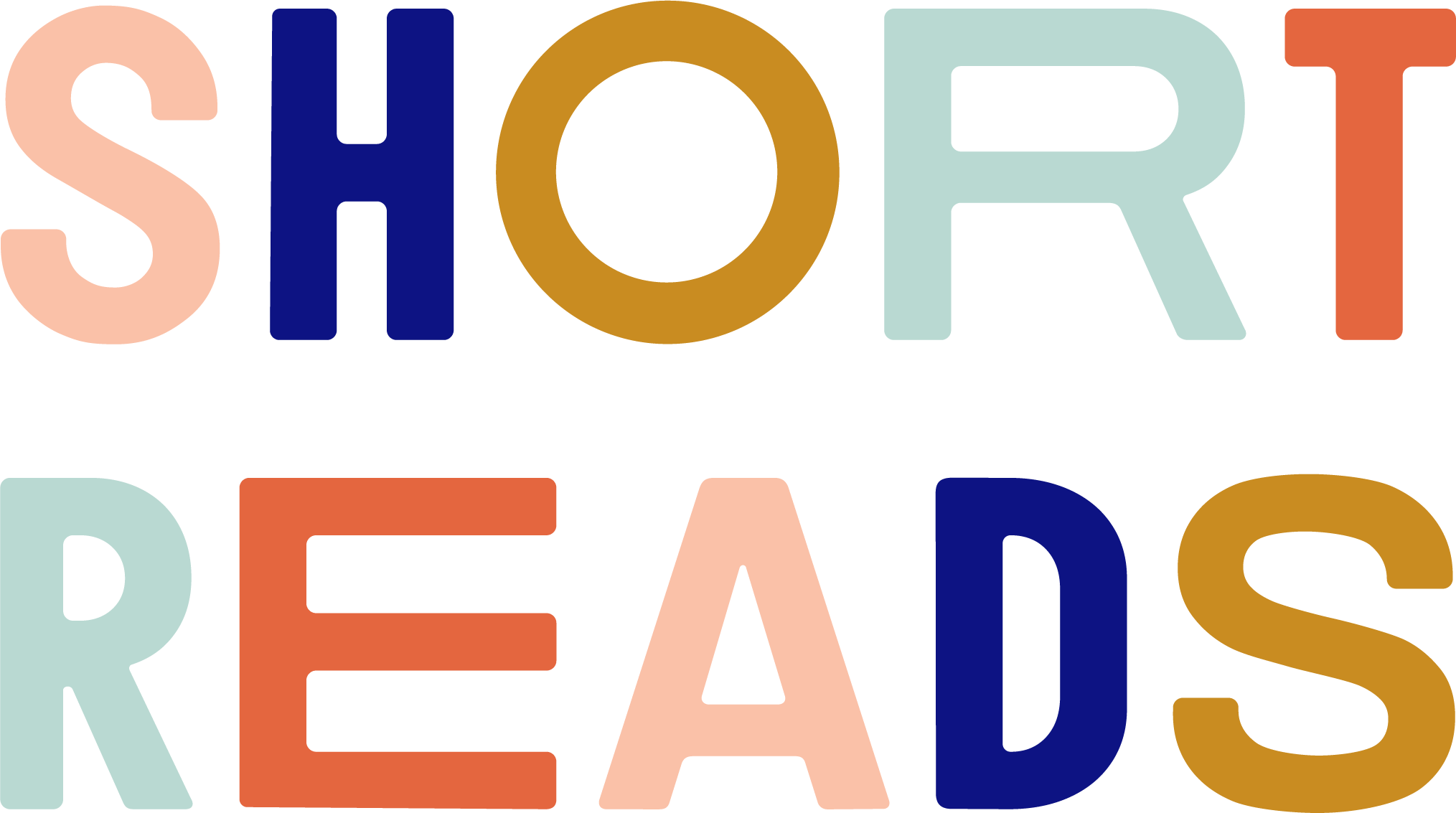The Chicken Is Maligned
by Luke Reiter | The rooster struts by.

Start with the name: to call someone chicken charges cowardice. But a rooster will hurl himself heedlessly at any predator—from weasel to fox to falcon—to protect his flock. Even when he’s overmatched, his flurry of spurs, his furious pecking might dissuade a less committed foe. And if he must, the rooster will buy his hens’ escape with his own life. The ancient Greeks believed a rooster could ward off lions. Kartikeya, the Hindu god of war, flies a rooster on his banner. Romans carried chickens off to war to serve as oracles. When his flock of sacred chickens failed to give favorable omens before a battle, Publius Claudius Pulcher, a naval commander of the First Punic War, ordered them thrown overboard. He lost the battle.
Others might consider chickens quaint, a totem of wistful Americana. But chickens are hardly American. Modern chickens began as lean, colorful birds darting through the jungles of Southeast Asia, where they were first domesticated around 1500 BCE. From there, they spread to the Middle East, the Mediterranean, Northern Africa, and Western Europe. By the time they reached the Americas three thousand years later, chickens were roosting from Ireland to Japan. The simple act of gathering eggs connects people across the world and through time.
Sadly, many modern factory-farmed chickens never see the outdoors in their lifetimes. And yet, in a sense, these poor birds still see more than we do. Chicken eyes have four types of color-sensing cone cells to humans’ three; unlike us, they perceive the ultraviolet spectrum. Because their eyes are side-mounted, chickens have a three-hundred-degree field of vision. Chickens recognize each other—necessary for negotiating pecking orders—and they recognize human faces, too. Measures of rapid eye movement have determined that chickens dream when they sleep.
My mom and I stand among her chickens. We don’t talk about the cancer. Instead, we talk about the Sapphire Gems, who have learned to jump and peck at pockets when no one is looking, about the Golden Laced Wyandotte who parades her chicks as if she expects praise. The rooster struts by, ostensibly preening, but little escapes his amber glare. I stare back at him. I hope we are as brave.
Luke Reiter teaches high school in Minnesota, where he lives with his wife and children. He writes when he’s not tending to his own flock of chickens, ducks, and guinea fowl. His essays have appeared in Dislocate, Carolina Quarterly, and Hippocampus Magazine. Luke can be reached at lukemreiter@gmail.com.
This essay is a Short Reads original.
💛 THANK YOU to Linda, Dawn, Honey, Bonnie, Annie, and Sandra, who recently became supporting subscribers!
Want more like this? Subscribe to Short Reads and get one fresh flash essay—for free—in your inbox every Wednesday.






